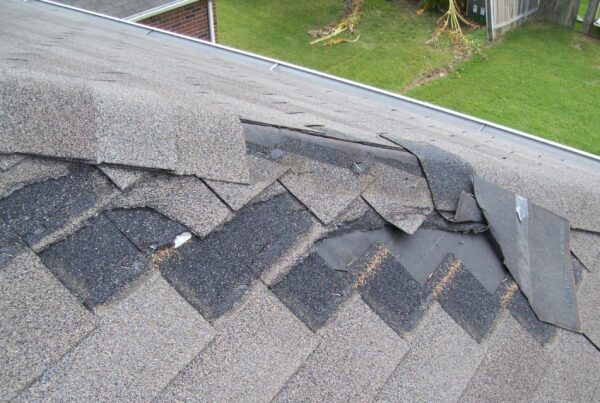One of the more interesting things that has taken place during the nearly year long process of developing a new NABIE Standard of Practice has been a great deal of introspection. In some 23 years of existence, NABIE has generally considered itself to be an organization that, “strives to protect the integrity of the home and building inspection industry, and thus, the general public.”
During the evolution of creating a new standard some of the Standards committee member conversations got pretty esoteric. Discussion was had on several occasions about the meaning of the word “building.” Was it used as a verb in our organization name, or a noun? In retrospect aspects of the debate were amusing. But the reality of such a question goes to the heart of what our organization’s real mission should be.
Let’s consider another organization for a moment, whose work might be viewed in a similar vein to NABIE’s. Their mission statement reads, “To serve the building community by promoting an integrated, multi-disciplinary approach to…buildings and by encouraging excellence in practice, education and research…”
A third organization touts that they are, “the definitive resource for inspectors, consumers, real estate professionals and the media for information, advice and resources dedicated to home inspection.”
Our organization and the other two all have particular roles to play. I don’t think you would be surprised at all if I told you that the second organization I cited is the Architectural Engineering Institute (AEI) of the American Society of Civil Engineers. The last citation applies to the American Society of Home Inspectors (ASHI). So, are we all competitors or is their a symbiotic relationship among us?
What I will say is that sometimes there is a tendency to cast each organization’s role in a light that implies insufficient competency for the task at hand which, in many cases, is some form of investigative or diagnostic approach to a building problem.
Keep in mind that NABIE members have years of investigative and inspection experience in all kinds of buildings, in addition to the rigorous training and testing to become licensed engineers or registered architects.
AEI folks may share similarities to NABIE, but many members are architectural engineers. Architectural engineering is among the most rigorous engineering programs in the United States. Not too many schools offer programs in it, and for those that do at least some of them require 5 years to complete a Bachelors Degree. A key focus for AEI is providing to those interested in buildings, “… a multi-disciplinary national forum for… but not limited to the architectural engineering, structural, mechanical, electrical, and architectural communities. (AEI recognizes) the necessity for a place to examine issues and exchange views and information with one another…”
Lastly, since 1976 ASHI has attempted to champion those whose work is nearly exclusively the inspection of single family homes.
There is overlap among all three. But there are also distinct differences. None would be well served by claiming to have a lock on one particular segment of the building assessment services market, yet often times there is conflict between members of such organizations.
What serves to develop our skills in the best possible way? NABIE would argue that being a PE or an RA are the keys to entering the building assessment field, coupled with considerable experience. AEI might surely take the position that a particularly rigorous program of study that focuses on everything “building” is the pre-eminent qualifier to entry into the realm of gauging building performance. ASHI might argue that only hundreds of examinations of single family homes will provide the practitioner the depth of knowledge and experience to become a “home inspector.”
As NABIE moves ahead in the future, a consideration of such issues will become increasingly important. We may well expect to see deeper examination of these relationships…and inter-relationships…as part of the development of a strategic planning initiative.
As you prepare to adopt or implement the new Standard of Practice, give some careful thought to the role in which you see yourself. Each of the organizations and their respective positions that I cited earlier epitomize their members’ best efforts to excel at the service they provide. But those services are assuredly not the same, although our marketing of them and the behaviour of the market itself, may tend to group them together. Be vigilant to exactly what you do, and ensure you understand exactly what your competitor does too. Only then will you be able to begin to distinguish yourself from the pack.


